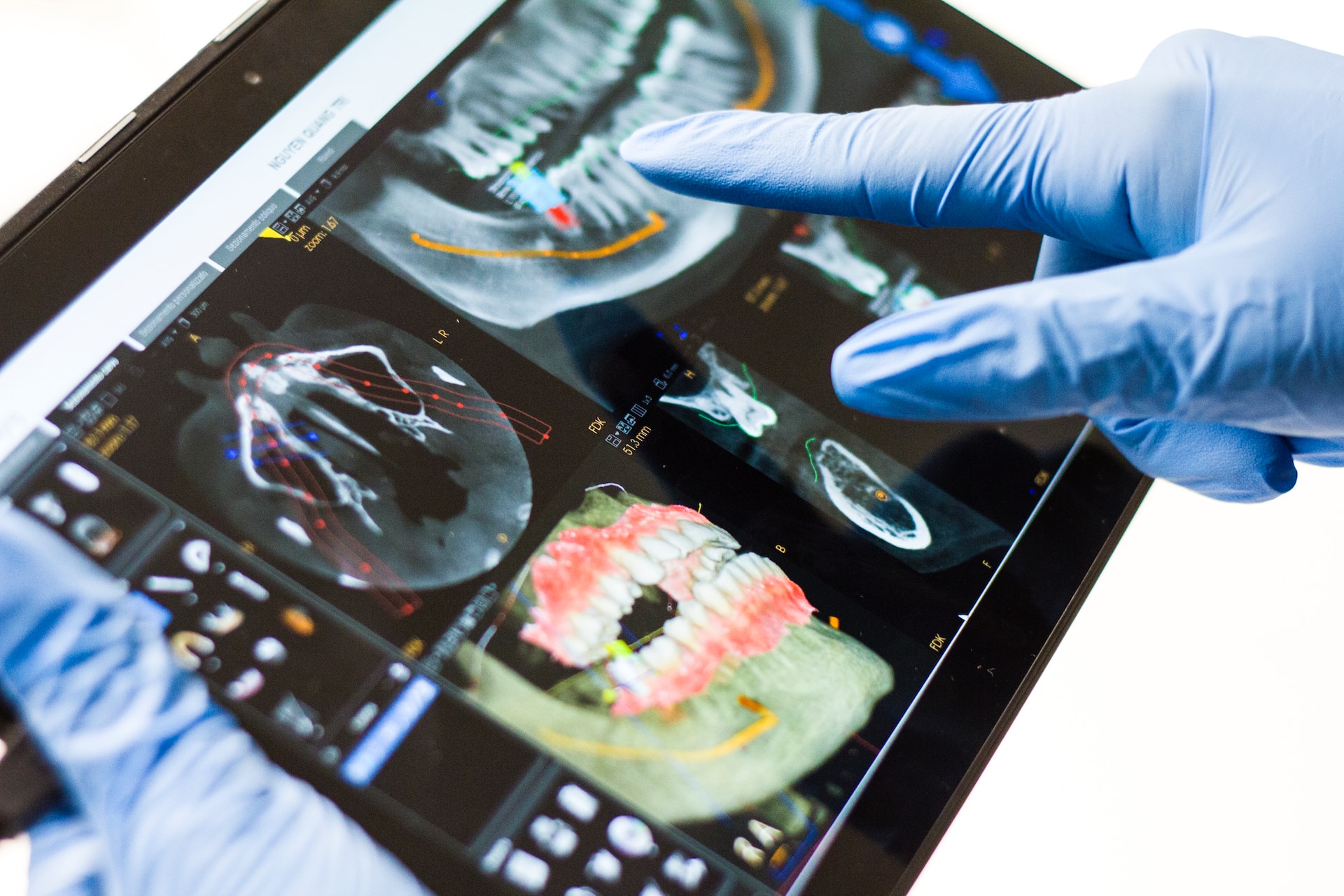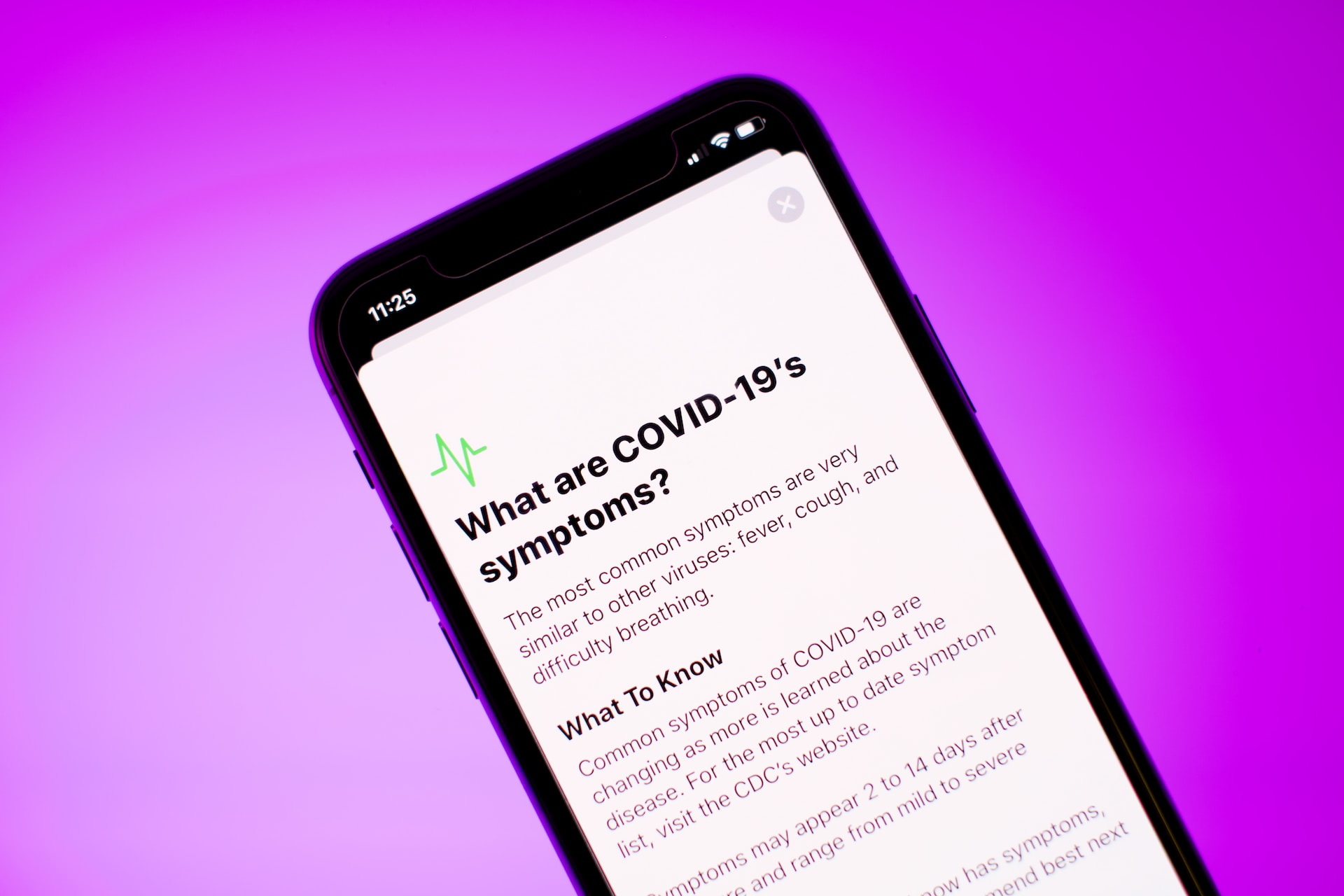Digital technologies such as electronic health record (EHR) systems and telemedicine platforms are now central to healthcare delivery. They are facilitating improvements not only in clinical decision-making but also in the broader spectrum of hospital operations such as patient flow management, staffing, scheduling, and supply chain management. Research by Harvard Business Review and real-world hospital experiences underline that these technologies can dramatically enhance the quality, efficiency, and accessibility of care.
As we navigate the wave of how digital transforming medicine and healthcare sector, the ability to adapt and innovate will determine the future of health services. The digital revolution, while challenging, provides a unique opportunity to revolutionize patient care, hospital operations, and the roles of healthcare professionals in unprecedented ways.
Evolution of the electronic health record (EHR) systems
The evolution of EHR systems has indeed been transformative for the healthcare industry, for example by moving away from paper-based records to digital formats. This change has not only made healthcare processes more efficient and accurate but also provided a broader view of a patient’s care.
In the early stages, EHRs were primarily used as a digital version of paper charts, with basic functions such as recording patients’ demographic details, medical history, and visit information. However, as the technology matured, these systems became more complex, integrating a wide range of data from multiple sources. Modern EHRs now include advanced features like clinical decision support systems, patient portals for engagement, and capabilities for health information exchange.
By using EHR, healthcare professionals can get access to comprehensive patient data. As such, EHRs have greatly improved the continuity of care, allowing for more coordinated and efficient healthcare delivery. For instance, clinicians can benefit from EHRs by tracking patients’ recovery progress over time, monitoring population health, making more informed clinical decisions based on complete and up-to-date data, and even facilitate digital transformation healthcare initiatives.
Importantly, EHRs can significantly contribute to patient safety. The electronic nature of these records can reduce medication errors caused by illegible handwriting, incomplete patient data, or miscommunication among healthcare providers. In fact, EHR systems often come with integrated decision support tools that can alert clinicians about potential issues, like harmful drug interactions or allergies.
On the downside, despite the clear benefits of EHR software development, its adoption and use are not without challenges such as difficulty to maintain a proper level of patient data security and privacy. Digitally storing and sharing sensitive patient information poses a risk of potential data breaches, data corruption, and unauthorized malicious access. This has necessitated stringent measures to protect patient data, including advanced encryption techniques, robust access control mechanisms, and comprehensive data backup and recovery strategies.
Advent of telemedicine software: the new era of doctor-patient communication
Another vital technological innovation in healthcare is telemedicine. It’s a form of remote healthcare service delivery with the help of technology for exchanging valid information for the diagnosis, treatment, and prevention of disease.
Telemedicine’s benefits extend beyond its reach; it also offers substantial cost savings. By eliminating the need for physical consultations for every interaction, patients can receive care and guidance in a more convenient, less costly manner.
However, like EHR, medical telehealth isn’t without its challenges. Regulatory constraints often limit the scope of services that can be provided through telemedicine, and some patients and practitioners may face a steep learning curve in adapting to this mode of service delivery.
Impact of EHR and telemedicine on healthcare delivery
The impact of EHR and telemedicine on healthcare delivery is multi-faceted and it involves the transformation of patient care, healthcare policies, and regulations. Notably, these technologies have improved accessibility and convenience for patients, streamlined operations for providers, and enhanced patient outcomes.
Enhanced accessibility and convenience for patients. Telemedicine allows patients to consult with healthcare providers without the need to travel or even leave their homes. For instance, telemedicine services such as video conferencing have greatly benefited patients in rural areas where access to healthcare facilities may be limited, reducing their travel costs and time spent on hospital visits. Moreover, telemedicine has played a significant role in managing patient care during public health emergencies such as COVID-19.
Streamlined operations for providers. It’s another significant benefit brought about by the integration of EHR and telemedicine. EHR systems have greatly improved the ease and speed of access to patient records, facilitating more efficient treatment strategies. Telemedicine technologies further transform this by offering real-time communication between patients and doctors. For example, the remote patient monitoring (RPM) system is a novel invention that acts as a safety net for clinic patients, and improving the accessibility of EHRs has broadened the available treatment options. In addition, telemedicine can facilitate the workflow of hospitals and clinics by making it easier to monitor patients with chronic diseases.
Improved patient outcomes. EHR and telemedicine contribute to modern healthcare delivery through enhanced patient engagement. By providing healthcare professionals with complete, up-to-date patient records and enabling real-time patient-provider interaction, EHR and telemedicine also facilitate personalized care.
Changes in healthcare policies and regulations. Telemedicine and EHR systems have also had a significant impact on healthcare policies and regulations. With the rise in telehealth adoption, privacy laws around data security have become stricter to ensure patient safety and privacy. Moreover, regulations around telehealth have been reconsidered to enable cross-border care, opening new avenues for patients to receive care from providers in different states or even countries.
However, despite the positive impact of EHR and telemedicine systems on healthcare delivery, there are challenges to be addressed. For instance, healthcare professionals have to find a way to integrate these technologies into their daily workflow while maintaining the ethics of patient security and autonomy. Telemedicine technology is a complement to physical consultation and not its complete substitute. It’s critical to continue exploring the potential of these technologies, while also addressing the challenges they pose, to maximize their benefits for healthcare delivery.
Use cases of modern healthcare delivery using EHR and telemedicine
The transformative effects of telemedicine and EHR software development are evidenced through several real-world case studies, demonstrating the enhanced capabilities of these technologies.
Consider a large hospital network that leveraged EHR to achieve a unified patient database. This seamless integration of patient data across departments facilitated the process of care coordination, contributing to improved patient outcomes. It enabled practitioners to have an integrated and comprehensive view of the patient’s medical history, thus enhancing the decision-making process and ensuring that patients receive the most appropriate and personalized care.
Telemedicine offers solutions to patients unable to see providers in person due to medical or social reasons. With the convenience of telehealth software, physicians can communicate effectively and offer suitable alternatives to in-person consultations.
Moreover, with the appearance of telehealth technologies such as applications for scheduled follow-up visits, appointments between doctors and patients can become more efficient. Telehealth technology can increase the probability of follow-up, reduce no-shows, and eventually optimize patient outcomes. Such an approach, too, highlights the power of telemedicine, particularly during a time of crisis like a pandemic where physical consultations could pose a risk.
Future perspectives
Looking ahead, emerging technologies like AI and blockchain hold immense promise in improving the efficacy of EHR and telemedicine. However, as healthcare continues to evolve in the digital age, challenges and opportunities lie ahead.
It’s essential for healthcare practitioners to continually adapt and stay abreast of these trends, as technology will undoubtedly continue to reshape healthcare delivery. The incorporation of EHR and telemedicine into healthcare delivery isn’t merely an option — it’s a necessity for any healthcare provider keen on offering the best patient care in the modern age.
The advent of EHR and telemedicine has already revolutionized healthcare delivery, and it’s only the beginning. As we continue to navigate the complexities of this digital transformation, it’s clear that the potential benefits far outweigh the challenges.







